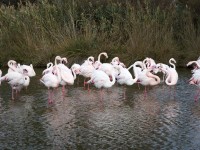For centuries, humans have relied on the ocean for subsistence by harvesting its abundance of fish. In recent decades, new technologies have allowed humans to remove fish from the ocean on a massive scale to supply Earth’s burgeoning population. Unfortunately, there are many negative environmental consequences to these practices and overfishing has been identified as…
Read more
Environmental Consequences of Fishing Practices










